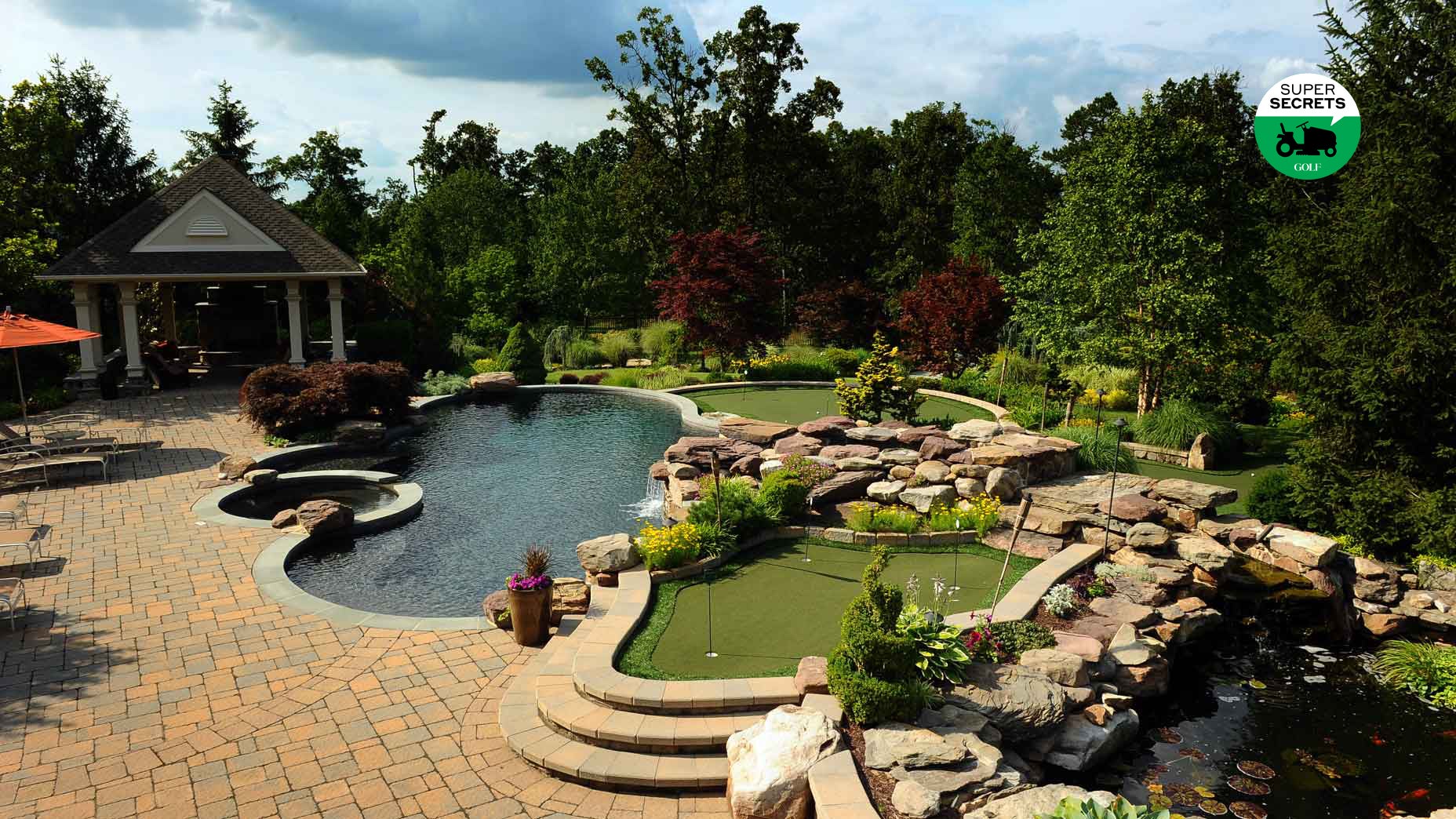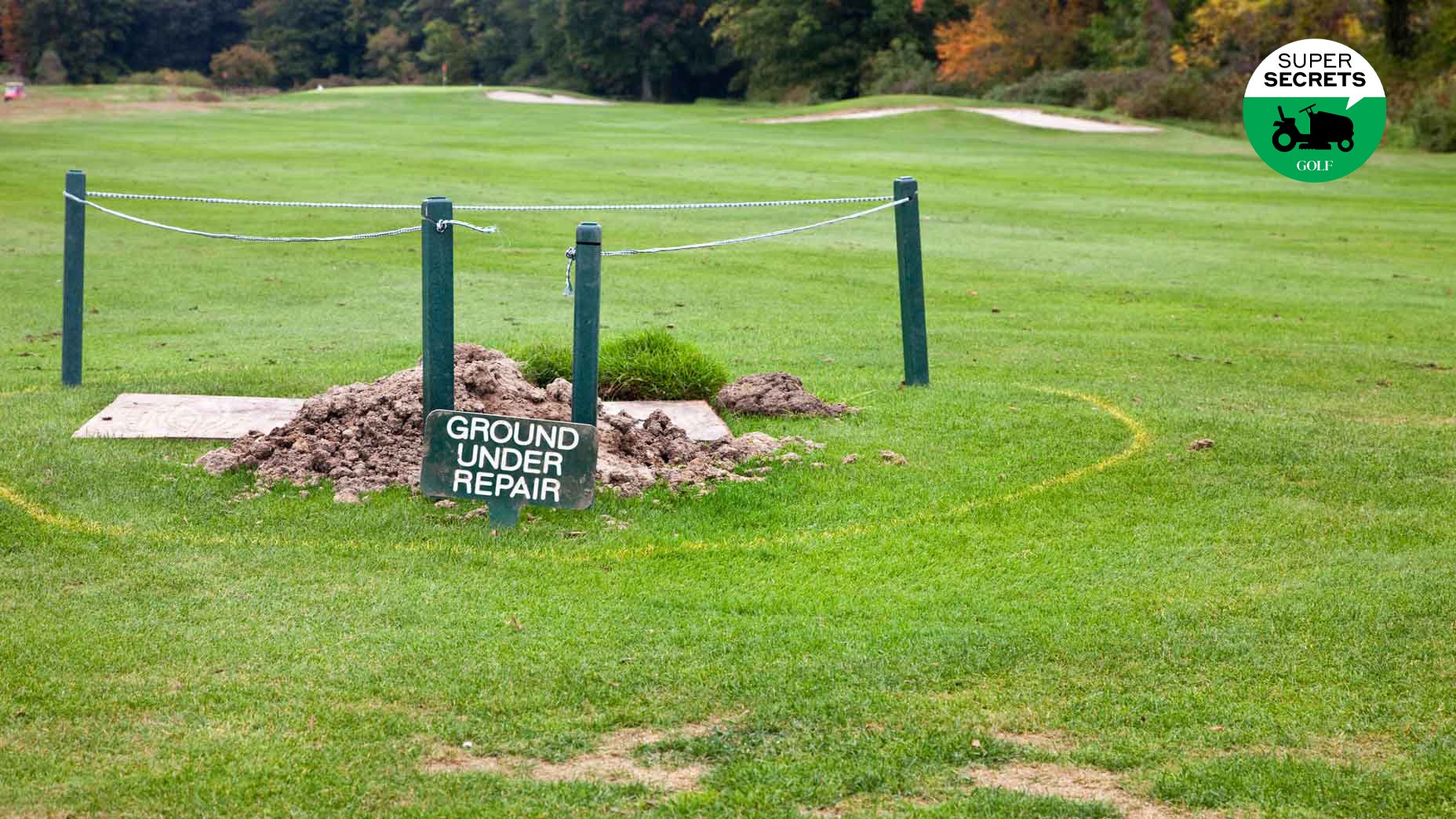This muni costs $28 to play. Here’s why PGA Tour pros were raving about it
- Share on Facebook
- Share on Twitter
- Share by Email

At last week's Texas Children's Houston Open, course conditions earned Augusta-like raves.
Getty Images
It’s a tradition unlike any other, and it plays out every spring, when professional golfers gush over the pristine conditions at a storied tournament site. This year, though, the world’s best players weren’t going gaga over Augusta National. They were heaping praise on Memorial Park. Last week’s host of the Texas Children’s Houston Open could hardly be more different than the home of the Masters.
Where Augusta is private, with a boundless maintenance budget and a course that shutters throughout the summer, Memorial Park is a muni, open year-round, with green fees for locals that max out at $28. And yet to hear the rave reviews in Houston last week, you might have thought the players were referring to a certain course in Georgia.
How did Memorial Park, a bargain-priced track that logs upward of 50,000 rounds a year, manage to earn the kind of plaudits normally reserved for the game’s most famously manicured venue?
Parker Henry, a longtime member of the Golf Course Superintendents Association of America, is the superintendent at Memorial Park. We asked him how he and his fellow city employees pulled it off.
A scheduling switch and an overseed
For the past three years, the tournament was held in the fall on a warm-season canvas of Bermuda grass. This year, though, the event was moved to the spring, when Bermuda is dormant. To prepare the course for elite competition, Henry and his team took a page from the Augusta National playbook and overseeded the course in the fall with cool-season rye. Overseeding is a resource-intensive and expensive process, but Henry and his team were strategic. They studied Google maps to see which areas were most in need, and, with help from the PGA Tour, they studied stats from the past three years to learn where errant shots tended to land. Only those areas and important playing corridors got overseeded. Then, to give the cool-season rye a chance to get established, Memorial Park closed down for three weeks in November.
The upside of dry weather
The past year was dry in Houston, which put additional strain on Memorial Park’s turf. To protect the course during that trying period, management implemented a cart-path-only policy. “That was really a saving grace for us,” Henry says. “Because it spared us a lot of the wear and tear from the 40,000 or so cart rounds we get a year.”
Ramping up divot and ball-mark repair
Henry oversees a staff of 20 full-time city employees and 10 full-time contractors, a relatively large crew for a municipal course. But prepping for a tournament called for extra hands. In the months leading up to the event, with volunteers pitching in, Henry and his beefed-up maintenance team filled divots on tee boxes every day, and divots in the fairways twice a month. On the greens, meanwhile, they logged extra hours repairing pitch marks every seven to 10 days. They also top-dressed periodically with sand and seeded in areas that needed additional TLC.
Reconfiguring the tee sheet
Unlike Augusta, Memorial Park doesn’t have the option of shutting down for prolonged stretches. But this year, it put some limits in place. Starting on March 1, four weeks before the competition kicked off, the course moved away from conventional tee times and instead offered a single shotgun start per day. Then, on Monday, March 18, one week before the pros arrived for practice rounds, the course shut down to public play. Not only did that give the turf a chance to recover from routine wear and tear, it also served as a safety measure, keeping the public clear of construction as tournament infrastructure was put in place.
Getting the greens up to speed
For a PGA Tour event, lightning-fast greens are pretty much required. But they aren’t ideal for busy public play. For starters, tightly mown turf is more vulnerable to the wear and tear of heavy traffic. What’s more, speedy putting surfaces are challenging for amateurs and can bog down the pace of play. Henry knew better than to try to get the greens ready overnight. His approach was slow and steady. “The focus was really on creating healthy turf,” Henry says. With the robust putting surfaces established, Henry was able to ramp the green speeds gradually, starting about two weeks prior to the event. In that way, greens that ran roughly 10 to 10. 5 on the Stimpmeter for daily play were ready to be slicked up for tournament week, when the target speed was 12 on the Stimp.
Actions in the aftermath
In the wake of a big-time tournament event, everyone — and everything — needs a breather, turf included. The after day after this year’s tournament was given over to a hasty tear-down of infrastructure, and the course was closed to public play. Tuesday was another day of respite. Regular public rounds did not resume til Wednesday. For Henry and his team, a top priority in the coming weeks is tending to the areas that took the heaviest beating during the event. “We’ll start working on those high traffic areas and make sure the turf is ready to wake up as the weather warms,” Henry says. Their work will also include extra care for shaded portions of the course where the turf might have been weak heading into the overseed. In the worse-worn of areas, Henry says, he and his crew might have to go so far as to lay down sod. “We just want to make sure that we get back to being fully Bermuda,” Henry says. Until next fall, when the cycle of tournament prep will begin again.
Latest In Lifestyle

Josh Sens
Golf.com Editor
A golf, food and travel writer, Josh Sens has been a GOLF Magazine contributor since 2004 and now contributes across all of GOLF’s platforms. His work has been anthologized in The Best American Sportswriting. He is also the co-author, with Sammy Hagar, of Are We Having Any Fun Yet: the Cooking and Partying Handbook.









